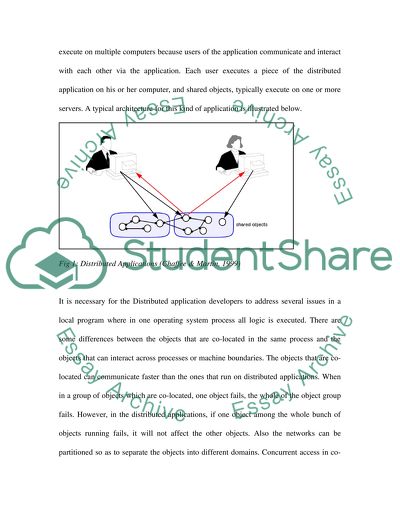Cite this document
(“A comparison of CORBA and Web Services Essay Example | Topics and Well Written Essays - 4000 words”, n.d.)
A comparison of CORBA and Web Services Essay Example | Topics and Well Written Essays - 4000 words. Retrieved from https://studentshare.org/information-technology/1527356-a-comparison-of-corba-and-web-services
A comparison of CORBA and Web Services Essay Example | Topics and Well Written Essays - 4000 words. Retrieved from https://studentshare.org/information-technology/1527356-a-comparison-of-corba-and-web-services
(A Comparison of CORBA and Web Services Essay Example | Topics and Well Written Essays - 4000 Words)
A Comparison of CORBA and Web Services Essay Example | Topics and Well Written Essays - 4000 Words. https://studentshare.org/information-technology/1527356-a-comparison-of-corba-and-web-services.
A Comparison of CORBA and Web Services Essay Example | Topics and Well Written Essays - 4000 Words. https://studentshare.org/information-technology/1527356-a-comparison-of-corba-and-web-services.
“A Comparison of CORBA and Web Services Essay Example | Topics and Well Written Essays - 4000 Words”, n.d. https://studentshare.org/information-technology/1527356-a-comparison-of-corba-and-web-services.


